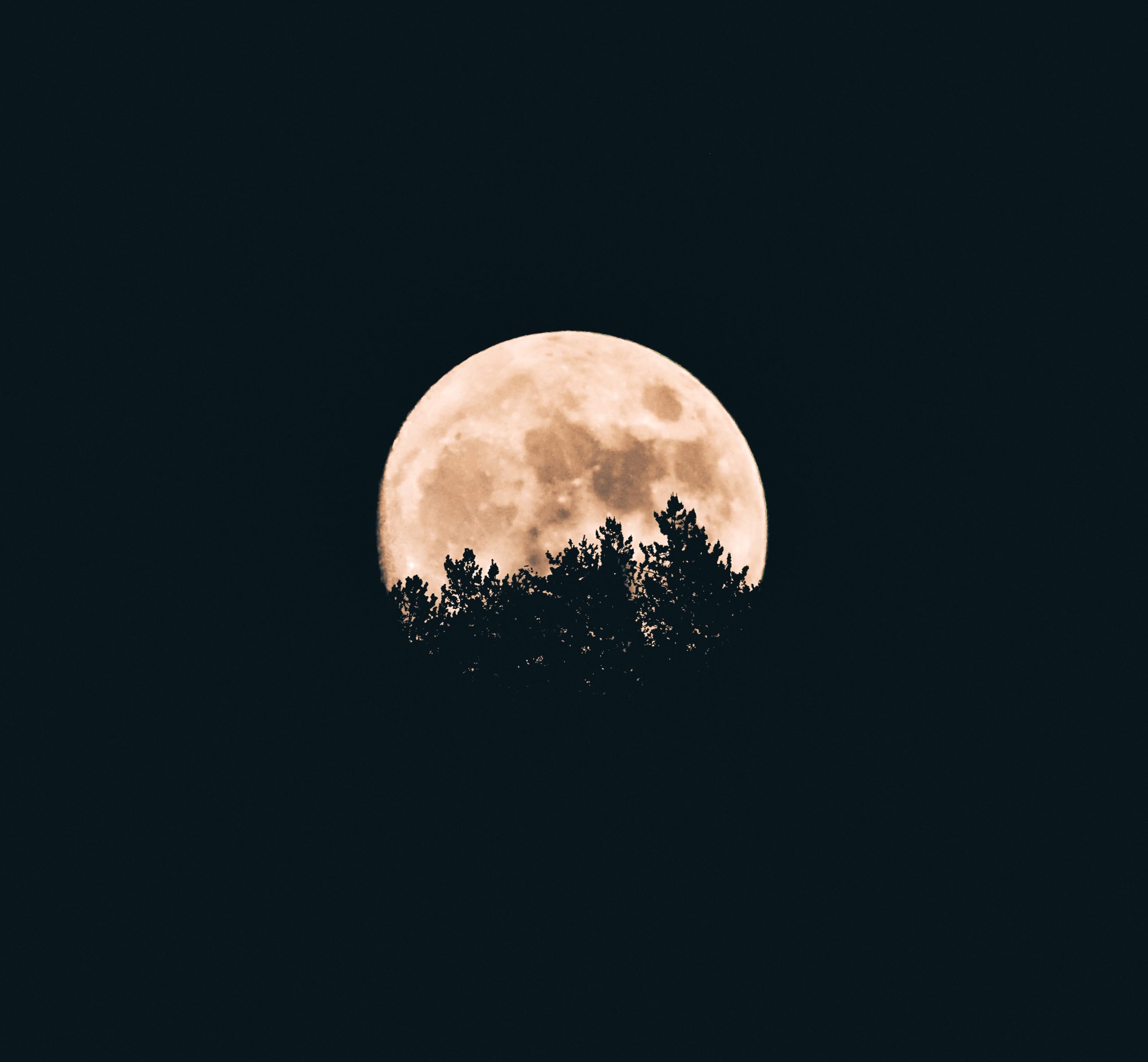The Different Types of Moon Phases: A Detailed Guide
The moon has fascinated humans for centuries. Its ever-changing appearance in the night sky has captivated poets, astronomers, and dreamers alike. But have you ever wondered why the moon appears differently on different nights?
The lunar cycle, which spans about 29.5 days, is responsible for the various phases of the moon. During this cycle, the moon exhibits eight distinct phases, each with its own unique appearance. In this blog post, we will explore these phases in detail, from the New Moon to the Full Moon and everything in between.
1. New Moon
The New Moon is the first phase of the lunar cycle. During this phase, the moon is completely invisible from Earth as it lies between the Earth and the Sun. The sunlit side of the moon faces away from us, causing it to blend into the dark night sky. It’s a time of darkness and new beginnings.
2. Waxing Crescent
Following the New Moon, a small portion of the moon becomes visible. This phase is known as the Waxing Crescent. It appears as a thin, curved sliver of light on the right side of the moon. As the days progress, the Waxing Crescent grows larger, heralding the approach of a new lunar cycle.
3. First Quarter
When the moon reaches the First Quarter phase, it has completed roughly one-quarter of its journey around the Earth. As seen from Earth, half of the moon is illuminated, creating a perfect right-angle shape. The First Quarter phase is often referred to as the Half Moon.
4. Waxing Gibbous
After the First Quarter, the moon enters the Waxing Gibbous phase. During this phase, more than half of the moon is visible in the night sky. The illuminated portion of the moon continues to grow larger, preparing for the Full Moon.
5. Full Moon
The Full Moon is perhaps the most recognizable phase, appearing as a complete circle of light. During this phase, the entire face of the moon is fully illuminated by the Sun’s rays. The Full Moon shines brightly in the night sky, providing ample light for stargazers and werewolf lore enthusiasts.
6. Waning Gibbous
Following the Full Moon, the moon begins its journey towards darkness again. The Waning Gibbous phase occurs when more than half of the moon is still visible but gradually decreasing. As the days progress, the illuminated portion of the moon shrinks, heading towards the Third Quarter phase.
7. Third Quarter
The Third Quarter phase, also referred to as the Last Quarter phase or Half Moon, occurs when the moon has completed roughly three-quarters of its lunar cycle. It appears as a perfect right-angle shape with the illuminated portion now on the left side. The Third Quarter marks the beginning of the moon’s journey towards a New Moon once again.
8. Waning Crescent
The final phase of the lunar cycle is the Waning Crescent. During this phase, only a small crescent of the moon is visible, appearing on the left side. The illuminated portion of the moon continues to decrease until it eventually disappears, bringing us back to the New Moon and beginning the cycle anew.
The Mechanism Behind Moon Phases
Understanding the mechanism behind the moon’s phases can help demystify this celestial phenomenon. The moon orbits the Earth, while the Earth orbits the Sun. The changing relationship between these three celestial bodies creates the various phases of the moon.
As the moon orbits the Earth, the Sun illuminates different portions of its surface. Depending on the position of the moon in relation to the Earth and the Sun, we perceive different amounts of the illuminated side of the moon from our vantage point on Earth.
When the moon is between the Earth and the Sun, we see the dark side of the moon, known as the New Moon. As the moon moves in its orbit, the illuminated side gradually becomes more visible, reaching a maximum at the Full Moon. The process then reverses, with the illuminated side shrinking until the next New Moon.
The Impact of Moon Phases
Moon phases have played significant roles in various aspects of human life throughout history. People have used the moon to track time, determine seasons, and even plan agricultural activities.
Astronomers also rely on moon phases for stargazing and astronomical observations. The varying light levels and positions in the sky can greatly impact visibility and data collection.
Beyond the scientific realm, moon phases have cultural significance in many societies. They are often associated with spiritual practices, astrology, and folklore. The Full Moon, in particular, has inspired countless myths, legends, and rituals across different cultures.
Conclusion
The moon’s ever-changing appearance in the night sky adds a touch of magic and wonder to our lives. Understanding the different phases it goes through can enhance our appreciation of this celestial dance. From the New Moon to the Full Moon and back again, each phase holds its own significance and beauty.
So, the next time you gaze up at the night sky, take a moment to marvel at the moon and its magnificent phases. Remember that while the moon’s appearance may change, its timeless allure remains.
Table of Contents
